They cut through city air like little gray arrows, dodging buses and espresso steam, and we barely look up. Yet tucked inside those bobbing heads is a toolkit of perception and problem‑solving that keeps surprising scientists. In tightly controlled labs, pigeons sort images like tiny radiologists, learn statistical rules that echo how we read, and compare quantities with a feel for ratios that would trip up many preschoolers. I still remember pausing on a curb in Chicago after watching a pigeon solve a sidewalk snack puzzle faster than I could predict – then later seeing nearly the same logic play out on a lab touchscreen. These birds aren’t geniuses in a human sense, but they reveal a deeper point: smart behavior evolves in many shapes, and sometimes it wears iridescent neck feathers.
The Hidden Clues
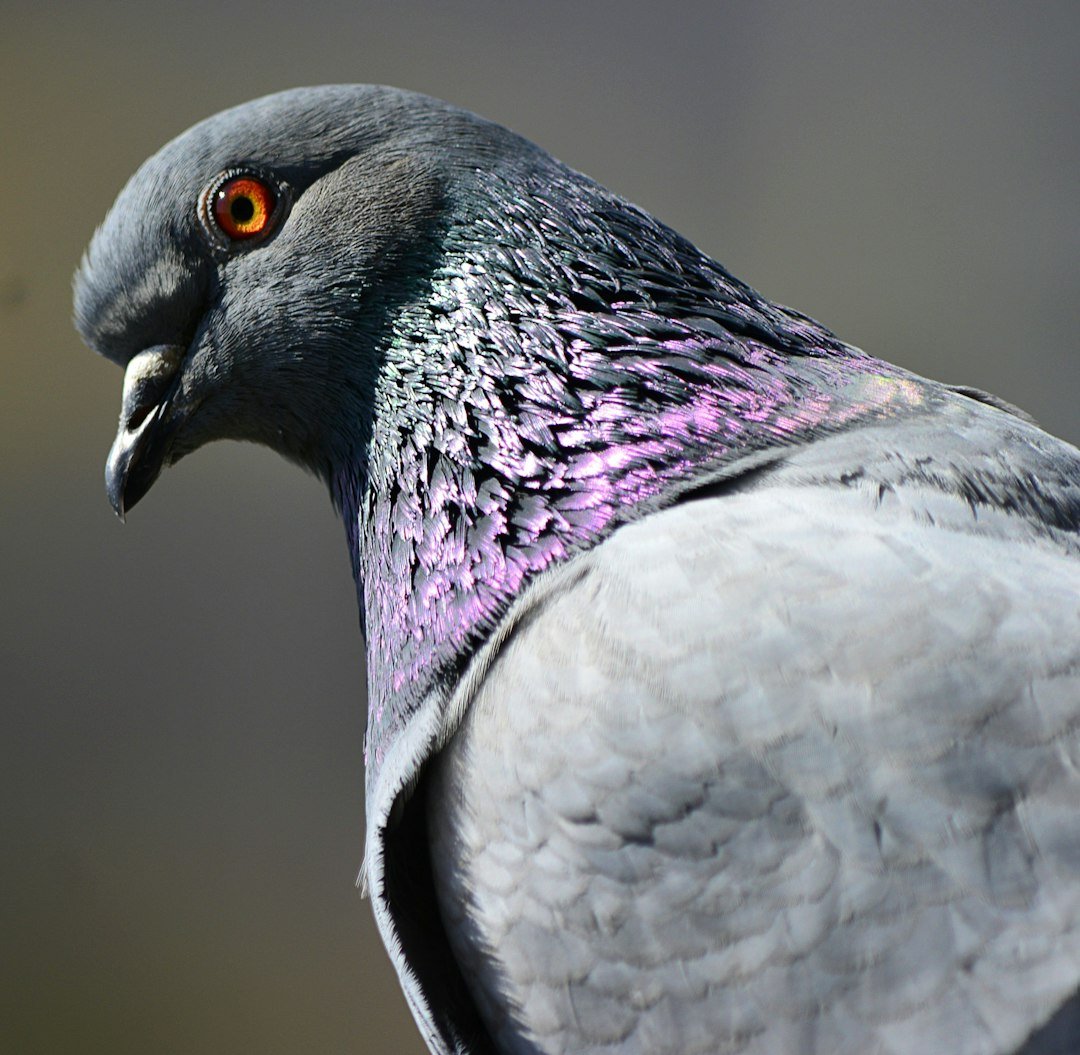
Start with vision, because pigeons live through their eyes. Their retinas host multiple cone types, including sensitivity into the ultraviolet range, letting them notice edges, textures, and contrasts we simply miss. That extra channel can make a cracked peanut look different from a pebble and a shadowed ledge look safe when ours does not. It’s like someone quietly adding a fourth primary color to your palette and then challenging you to spot the odd one out.
Urban life only sharpens those skills. Pigeons read pavement like a dashboard – traffic flow, human stride rhythms, reflective surfaces, all processed in a flash. Watch a flock split around a lamppost and rejoin on the far side without colliding; you’re seeing fast pattern recognition, spatial memory, and rules of motion learned on the fly. The hidden clue is that city birds aren’t just coping – they’re computing.
From Ancient Tools to Modern Science
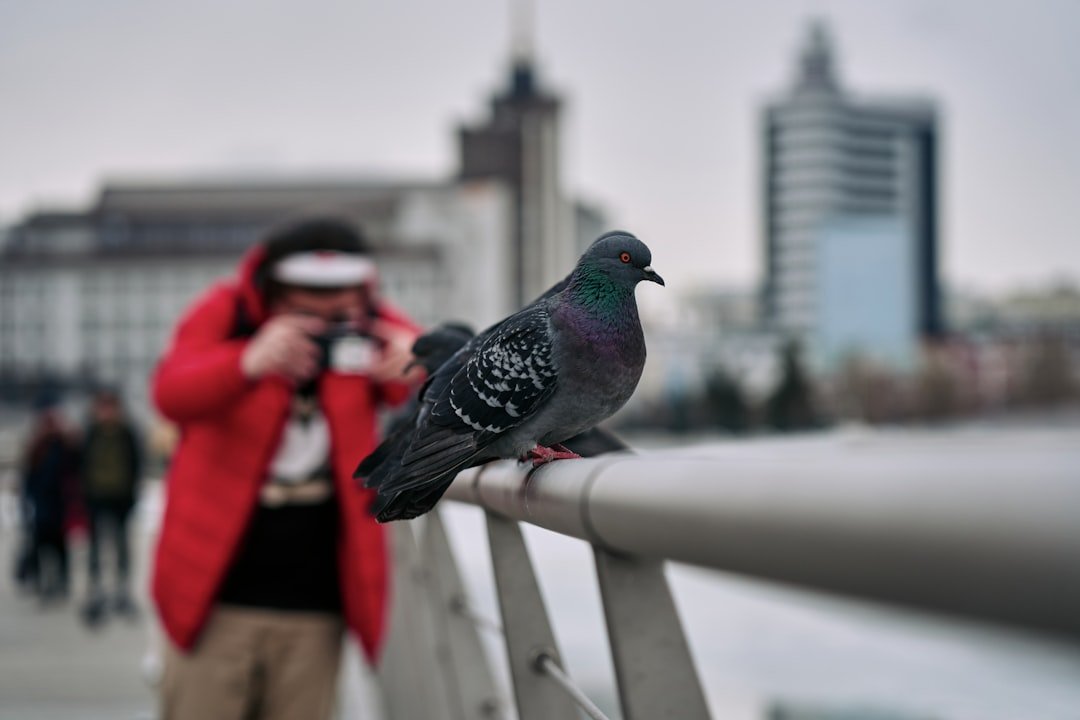
Humans have drafted pigeons into difficult jobs for centuries, from wartime message routes to search‑and‑rescue trials. What’s changed is the laboratory toolkit. Today, researchers use high‑resolution touchscreens, automated feeders, and massive image banks to test what pigeons can learn and how they generalize it. The protocols strip away shortcuts – no relying on brightness alone, no counting by area – and probe whether birds extract the real rule.
When the task switches, pigeons switch with it. Train on color, test on shape; train on magnified pathology slides, test on compressed or monochrome versions; the birds still track the underlying category. That ability to keep the important feature and ditch the rest is the essence of science’s new respect for their minds. It’s not memorizing; it’s modeling.
Inside the Pigeon Brain
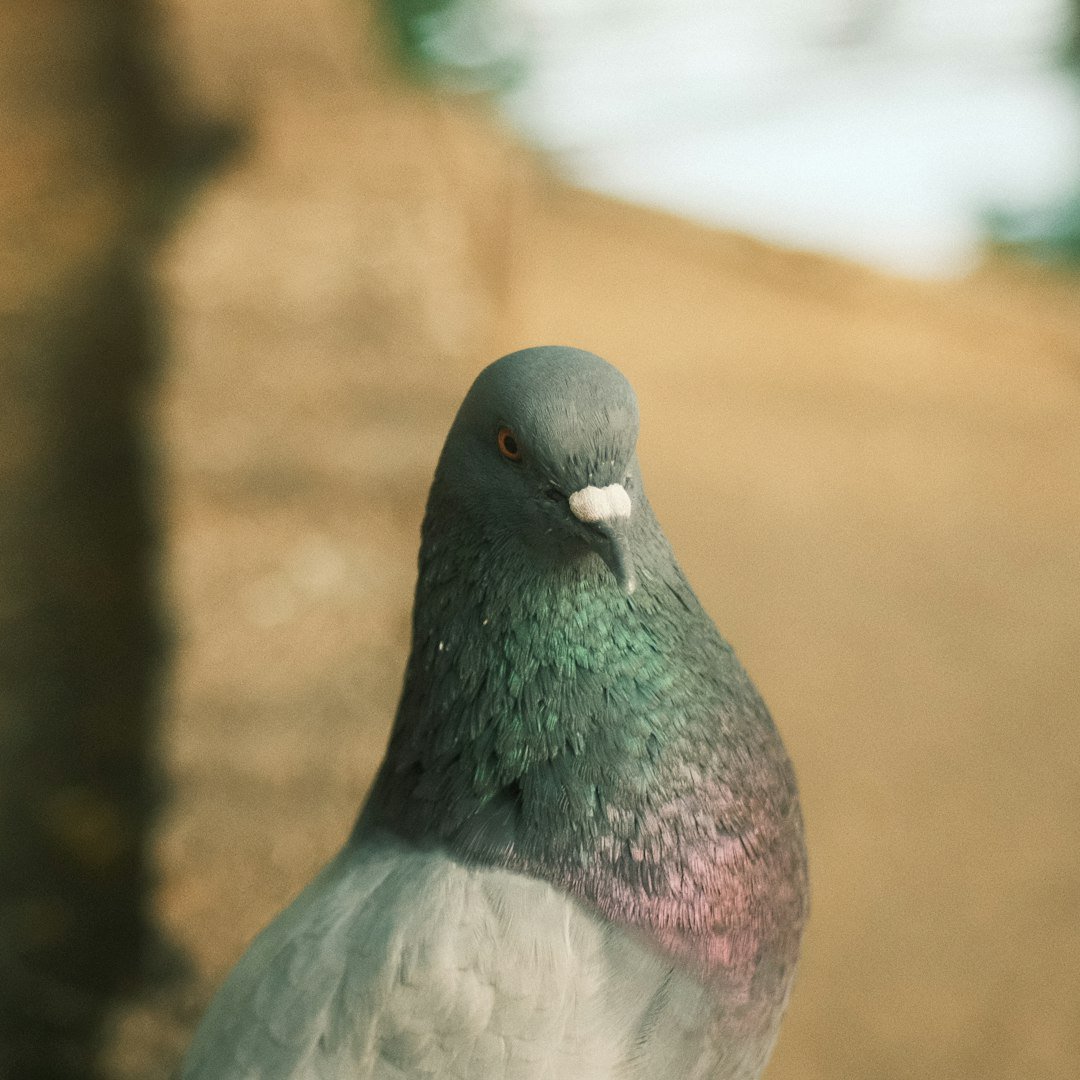
Bird brains don’t have a layered cortex like ours, but they do have pallial regions wired for sophisticated control. One hub, the nidopallium caudolaterale, functions much like a prefrontal cortex: neurons there hold information in working memory, flex rules on the fly, and weigh effort against expected reward. When researchers nudge this circuitry, pigeons’ ability to adapt and extinguish habits changes in ways that mirror mammals.
Combine that with rich sensory input and you get a compact, efficient engine for decisions under pressure. I think of it as a cockpit without a windshield: you don’t see the familiar dials, yet the instruments are there and the pilot still lands the plane. Different architecture, similar control.
The Math They Do (Yes, Really)
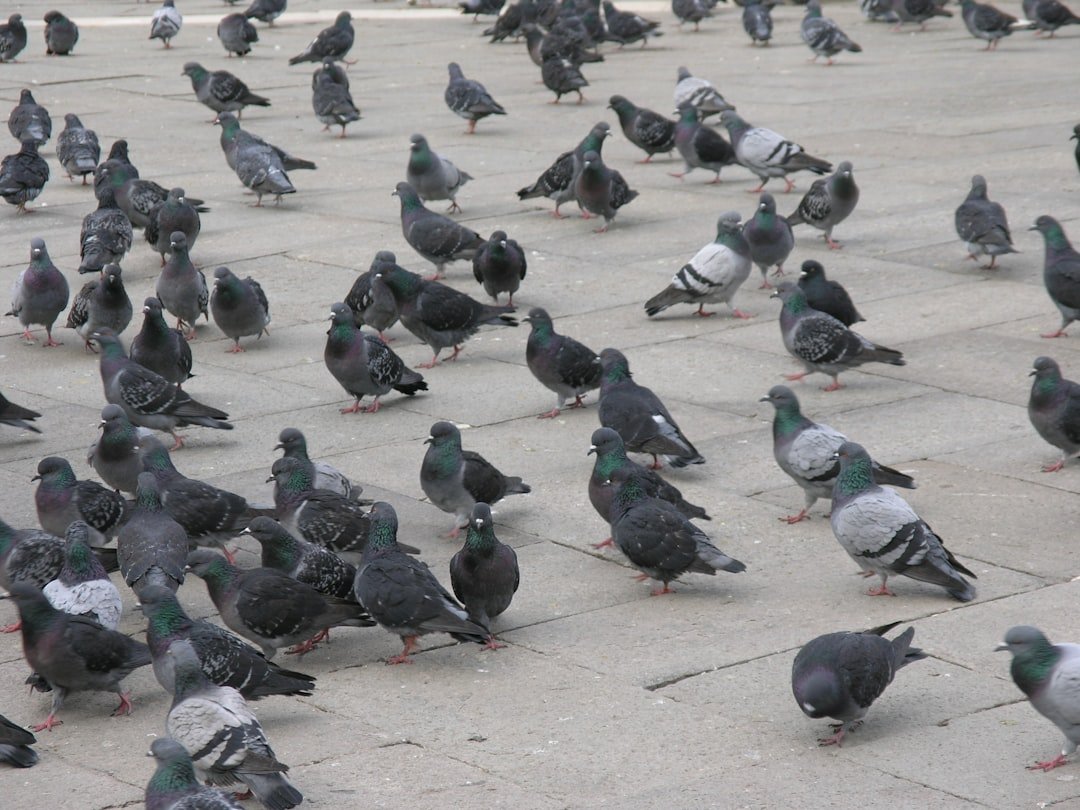
Ask a pigeon which of two dot arrays is “more,” and you’ll see classic numerical signatures: accuracy rises when the difference between quantities grows, and falls when the ratio gets tighter. That’s the same approximate number system humans share before we learn symbolic math, governed by Weber‑like rules of ratio sensitivity. In some studies, pigeons’ choices center on the geometric mean between two anchors, a telltale of magnitude representation rather than rote counting.
Here’s the kicker: with practice, many pigeons discriminate tough ratios on par with school‑age children, and on very easy ratios they breeze past what some preschoolers manage on their first tries. Scientists debate whether the birds’ “mental number line” is best described as linear with fuzzier spacing or logarithmic compression, but either way the pattern is robust across tasks. On these narrow, nonsymbolic comparisons – more versus less, sooner versus later – pigeons hold their own.
Beyond Numbers You Didn’t Expect
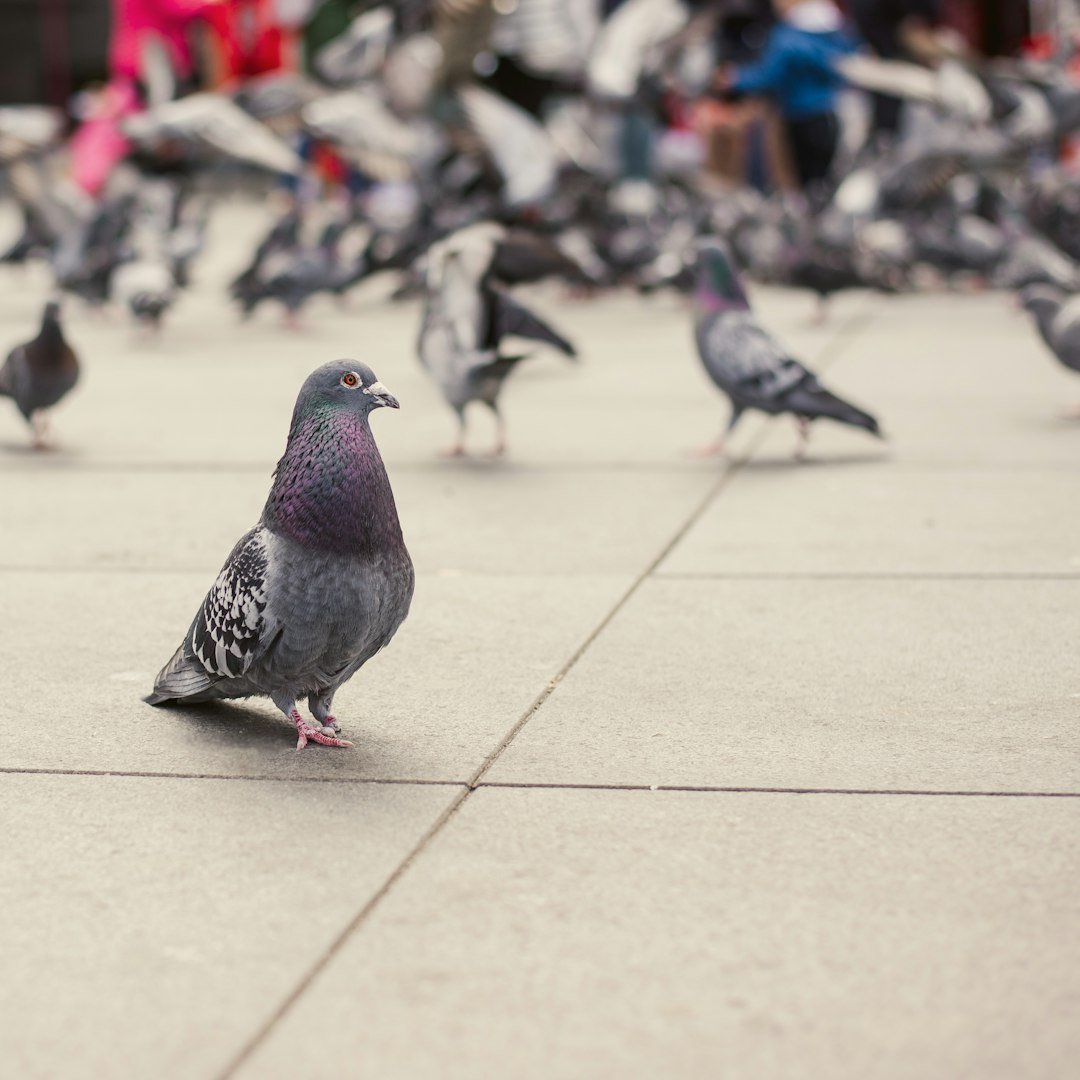
Numbers aren’t the only surprise. In one set of experiments, pigeons trained to pick real words over nonsense strings learned the statistical quirks of letter pairs and even handled positional tweaks, then applied that knowledge to words they’d never seen. They weren’t reading in a human, language‑based way, but they were extracting orthographic rules – another form of pattern learning that supports skilled perception.
Then there’s image diagnosis. With feedback, pigeons learned to separate benign from malignant breast tissue on digitized slides and generalized to new images with different magnifications and compression levels. Even more striking, when researchers averaged the decisions of a small flock, accuracy climbed toward near‑perfect marks on test sets. That’s not a party trick; it’s a proof that careful training plus aggregation can unlock reliable signal detection.
Why It Matters
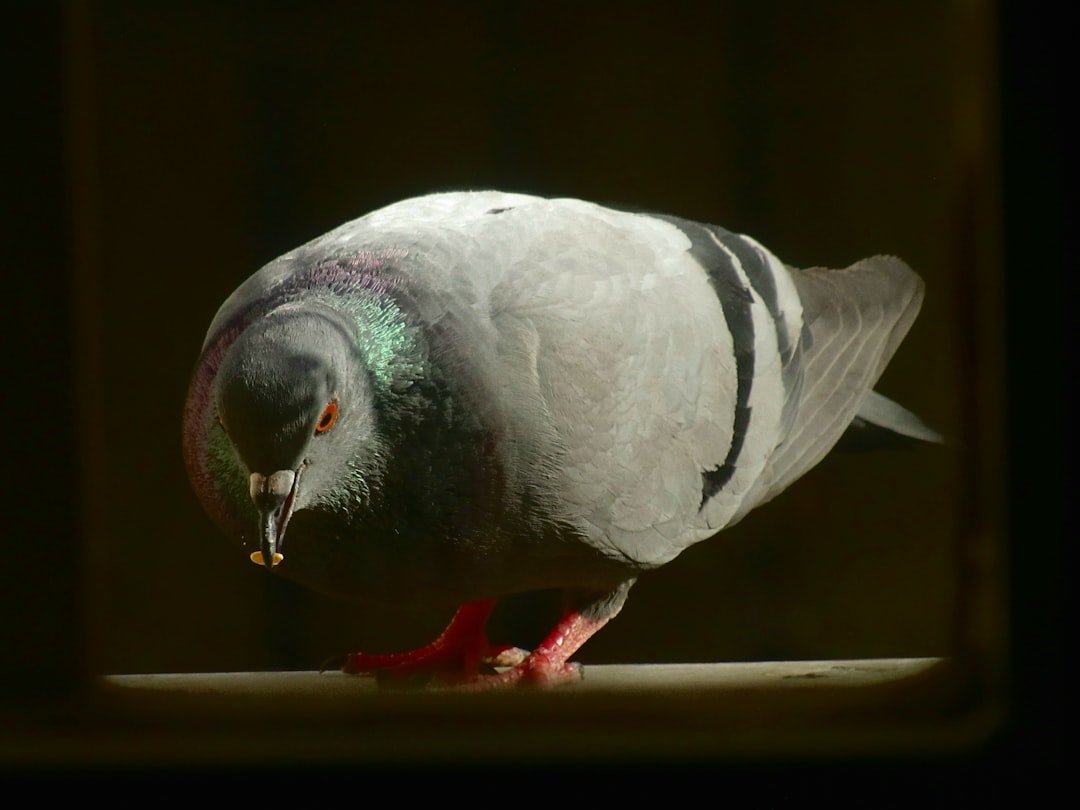
This isn’t about crowning a new genius of the sidewalk. It’s about recognizing that intelligence is a toolkit tuned to an animal’s world, and some tools overlap with ours in useful ways. Pigeons show how powerful generalization can emerge from simple learning rules, rich perception, and lots of practice – an experimental mirror to how humans get better at reading radiographs or scanning spreadsheets.
There’s a practical edge, too. If a bird with a brain the size of a walnut can reach robust performance on medical images after modest training, then our algorithms – and our training of human novices – can likely be optimized with better examples, staged difficulty, and ensemble decisions. The lesson is humility and opportunity: pay attention to what works, even if it coos.
The Future Landscape
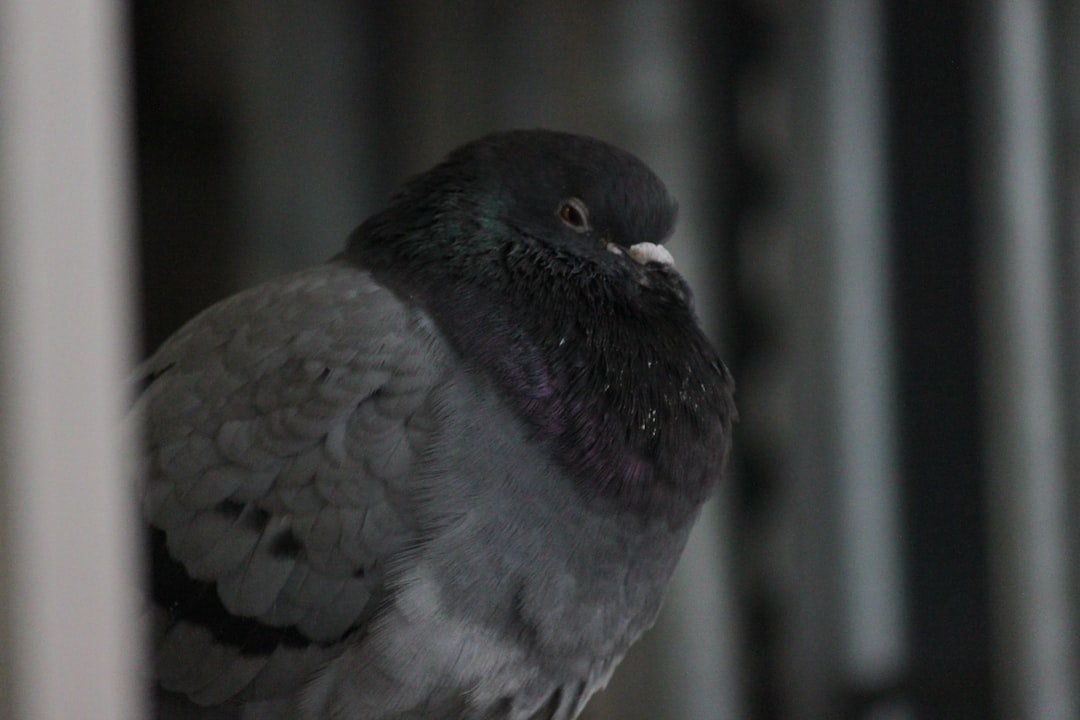
What comes next looks excitingly cross‑disciplinary. New high‑throughput setups can run thousands of trials per bird, mapping learning curves with a precision we used to reserve for microchips. Wireless neural loggers and small‑animal fMRI are revealing how avian executive networks coordinate when rules change mid‑task, a step toward a comparative neuroscience of flexibility.
Expect spinoffs in machine vision and education. Bird‑inspired curricula that gradually tighten ratios or rotate feature sets could speed up how kids and trainees learn to separate signal from noise. On the tech side, algorithms that mimic “flock‑sourcing” decisions – multiple simple classifiers voting together – may prove especially robust in messy, real‑world data. The challenge is ethical, not just technical: respect animal welfare while asking bold questions, and be honest about what tasks measure and what they don’t.
How You Can Help
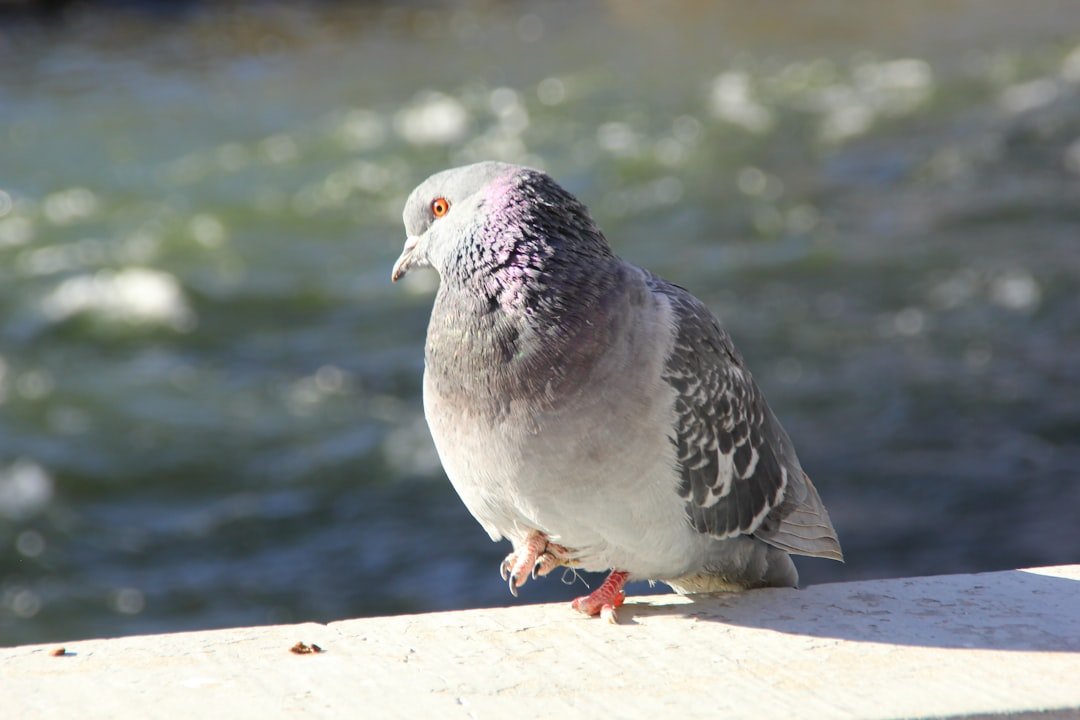
You don’t need a lab to engage with this science. Support urban biodiversity by planting native shrubs or leaving a water source; healthier habitats reduce disease spread and give researchers cleaner natural experiments. If a university near you runs open days, bring a kid to watch a pigeon on a touchscreen; seeing cognition click beats any headline.
Consider backing research groups that share open datasets and humane protocols, and say yes when local biologists ask for community observations. The next time a pigeon threads a gap between bikes and strollers, take a second look – you’re watching a living algorithm adapt in real time. Isn’t that worth noticing?

Suhail Ahmed is a passionate digital professional and nature enthusiast with over 8 years of experience in content strategy, SEO, web development, and digital operations. Alongside his freelance journey, Suhail actively contributes to nature and wildlife platforms like Discover Wildlife, where he channels his curiosity for the planet into engaging, educational storytelling.
With a strong background in managing digital ecosystems — from ecommerce stores and WordPress websites to social media and automation — Suhail merges technical precision with creative insight. His content reflects a rare balance: SEO-friendly yet deeply human, data-informed yet emotionally resonant.
Driven by a love for discovery and storytelling, Suhail believes in using digital platforms to amplify causes that matter — especially those protecting Earth’s biodiversity and inspiring sustainable living. Whether he’s managing online projects or crafting wildlife content, his goal remains the same: to inform, inspire, and leave a positive digital footprint.



